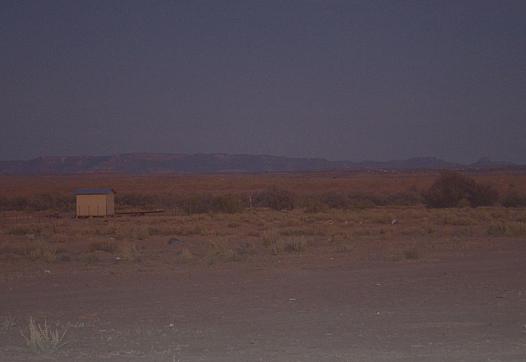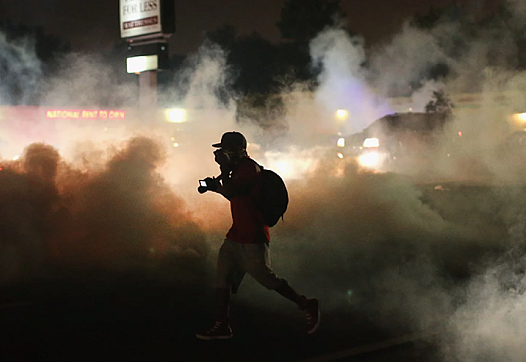
This story was produced as a project for the 2020 California Fellowship.

This story was produced as a project for the 2020 California Fellowship.

The Navajo Nation's high rates of asthma and other respiratory illnesses have taken on a new urgency: COVID-19 has hit the community worse than any other tribe in the country.

San Francisco-based writer and editor Linda Jue responds to the verbal attacks, intimidation and physical assaults Asians have faced in the country, which have intensified during the pandemic.

Journalists have been arrested, shot with rubber bullets, and sprayed with tear gas and pepper spray as protests have engulfed the nation in the wake of George Floyd’s murder by Minneapolis police. The arrest of CNN Correspondent Omar Jimenez during a live shot in Minneapolis was only the most visib
"My grief and frustration over JJ’s fate were compounded by all I learned about the effects of toxic stress on a developing brain."

USC professor Alissa V. Richardson on why cellphone videos of vigilante violence and fatal police encounters should be viewed like lynching photographs – with solemn reserve and careful circulation - and how people became so comfortable viewing black people’s dying moments in the first place.
This story was produced as part of a larger project led by Gabrielle Horton, a participant in the Impact Fund Fellowship. Her project is an audio-first docuseries exploring what it means to be a Black person having a baby in the United States today. ...

"Momentum seemed to be building. And then … nothing."
Martina explores the historical roots of modern obstetrics and gynecology. Dr. Joia Crear-Perry and Dr. Mimi Niles explain how flaws in medical education and research contribute to the Black birthing crisis.

The poorest, most congested ZIP code in Salinas are being hit the hardest by the coronavirus, according to data released Monday.